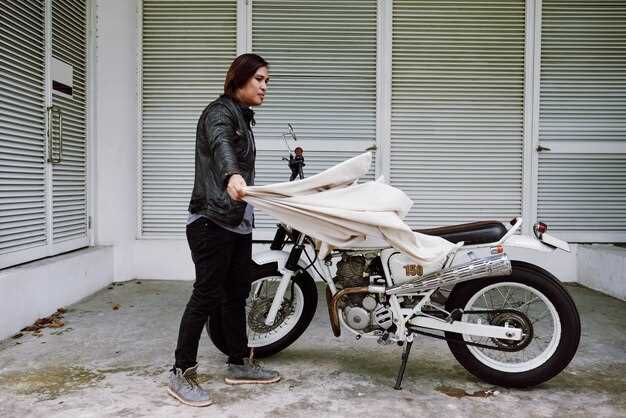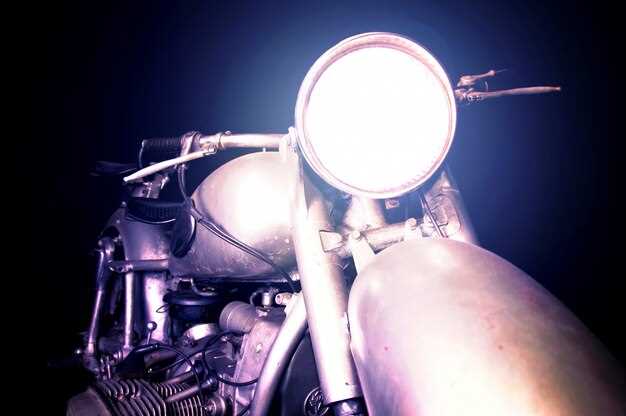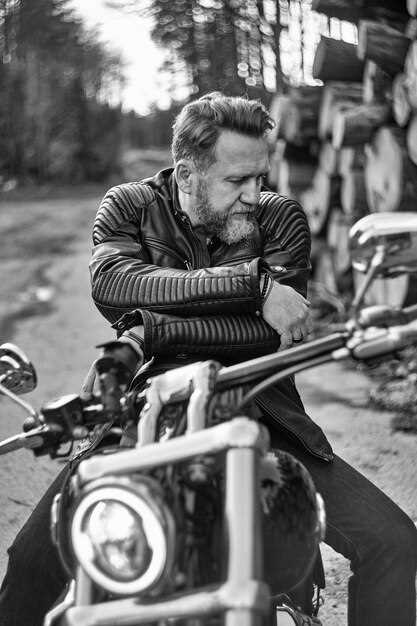
The world of custom motorcycles is rich with various styles, each having its own unique characteristics and history. Among these, cafe racers and bobbers stand out as two of the most celebrated and distinct forms of customization. Both styles not only reflect the personal taste of their builders but also evoke a sense of nostalgia for different eras in motorcycle culture. This article delves into the key differences and similarities between cafe racers and bobbers, exploring the elements that define each style.
Cafe racers are inspired by the speedy motorcycles of the 1960s, designed for racing between cafés. Their sleek lines, lightweight frames, and performance-oriented modifications emphasize speed and agility. In contrast, bobbers emerged during the same period but focus on a different aesthetic. They are characterized by their minimalist approach, often featuring a shortened rear end and a stripped-down appearance that emphasizes a raw, rugged charm.
While both styles share a connection to the rebellious spirit of motorcycle culture, they cater to different riding philosophies. Cafe racers seek to provide an exhilarating ride that merges style with performance, while bobbers celebrate individuality and simplicity, often leaning towards a more laid-back cruising experience. Understanding these distinctions is essential for anyone looking to appreciate or engage with the world of custom motorcycles.
Key Design Elements of Cafe Racers: Speed and Style

Cafe racers are defined by their distinct combination of speed-oriented design and stylish aesthetics. The primary goal of a café racer is to achieve a sleek, streamlined profile that emphasizes performance while capturing the essence of retro motorcycle culture.
One of the most notable elements is the minimalist, lightweight frame. Manufacturers often strip down excess components to reduce weight, enhancing acceleration and handling. The use of high-quality materials like aluminum and chrome allows for both durability and a classic appearance.
The seating arrangement is another critical feature. Cafe racers typically feature a low-profile, solo seat that not only adds to the bike’s sleekness but also encourages a forward-leaning riding position. This configuration enhances aerodynamics, enabling riders to reach higher speeds with ease.
Handlebars on these motorcycles are usually low and narrow, further supporting the aggressive riding posture. Clip-on or cafe-style handlebars allow for better control while maintaining a vintage aesthetic that pays homage to the original racing bikes.
The wheels and tires are also essential to the cafe racer design. Narrow tires provide reduced rolling resistance, while larger wheels contribute to improved handling. These design choices reflect a focus on performance, allowing riders to navigate turns with agility.
Finally, the engine and exhaust systems are often modified for both performance and visual appeal. Cafe racers typically feature an exposed engine design, showcasing the mechanical beauty while enhancing the sound of the exhaust. This results in a powerful riding experience that resonates with enthusiasts.
In summary, the key design elements of cafe racers revolve around lightweight construction, aggressive riding ergonomics, and an emphasis on aesthetics. This unique blend of speed and style makes café racers an enduring favorite among motorcycle aficionados.
Understanding Bobber Aesthetics: Minimalism and Nostalgia

The bobber motorcycle style emerged in the mid-20th century, characterized by its stripped-down appearance and functional focus. This aesthetic encapsulates a sense of minimalism and nostalgia, making it distinct from other custom styles like the café racer.
Bobbers prioritize simplicity, often featuring the following elements:
- Reduced Bodywork: The fenders and components are often shortened or removed entirely, giving the bike a lighter appearance.
- Classic Lines: A focus on clean, uncluttered lines that highlight the motorcycle’s mechanics and frame.
- Vintage Components: Utilization of retro handlebars, gauges, and seating to evoke a sense of history.
The nostalgia associated with bobbers stems from their roots in post-war America, where soldiers returned home and modified their motorcycles for a more personal touch. This practice mirrored a cultural shift towards individualism and freedom on the road. Key aspects that enhance this nostalgic feel include:
- Historical Inspiration: Many bobbers pay homage to bikes from the 1940s and 1950s, drawing from that era’s raw aesthetics.
- Custom Personalization: Riders often customize their bobbers to reflect personal stories, making each bike unique and meaningful.
- Community and Culture: Bobber culture fosters a strong sense of community, often celebrating the DIY spirit and shared memories of riding.
In contrast to café racers, which are designed for speed and performance, bobbers embrace an ethos of individuality and freedom. This minimalist design serves to enhance the rider’s connection with the machine, allowing for a more visceral riding experience.
Ultimately, the bobber aesthetic is a celebration of simplicity and the rich history of motorcycle culture. It invites riders to appreciate both the freedom of the open road and the unique stories that each custom bike holds.
How to Choose the Right Custom Style for Your Riding Experience
Choosing the right custom style for your riding experience requires careful consideration of your preferences, riding habits, and the type of aesthetics you appreciate. Both café racers and bobbers offer distinct characteristics that cater to different riding experiences.
Café racers are focused on speed and agility, often featuring a lightweight frame and a sporty design. If your primary goal is to enjoy quick rides through urban environments or participate in vintage racing events, a café racer might be the ideal choice. Look for features such as higher handlebars, a minimalist seat, and a racing-inspired design that emphasizes performance.
On the other hand, bobbers are characterized by their stripped-down aesthetics and relaxed riding posture. If you prefer leisurely rides, showcasing unique customizations, and attending motorcycle shows, a bobber may suit you better. Focus on models with a simplified rear end, comfortable seating, and a design that highlights individual flair rather than racing capabilities.
Consider your riding style, whether you lean more towards spirited rides or relaxed cruising. Test rides on both types can also provide a clearer understanding of what feels right for you. Ultimately, the right choice should reflect your personality and meet your riding needs while ensuring comfort and functionality.
